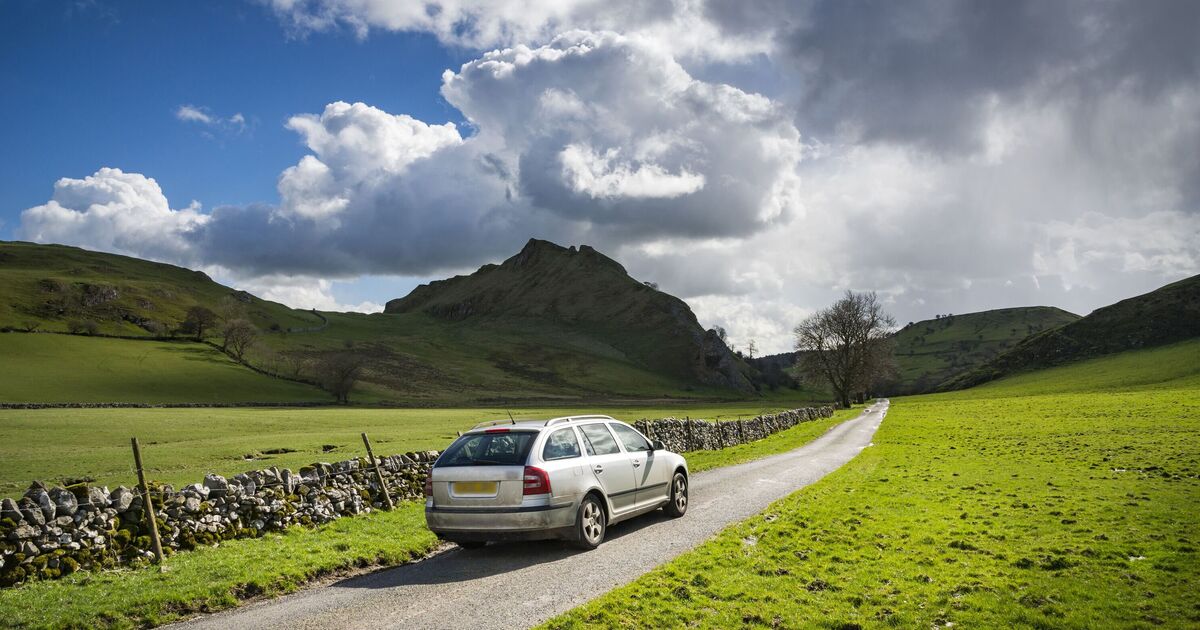The RAC explained: “While delivery costs tend not to play too large a part in the overall pump price, excessive distances from fuel terminals can have a significant effect on prices in rural locations.
“It is for this reason that the Government has previously taken action to help some of the country’s most rural communities where the price of fuel is deemed to be negatively affecting residents.”
Officials have previously intervened to try and lower costs in areas most affected by higher fuel fees.
In 2012, the Coalition Government introduced a 5p rural fuel duty discount in areas such as the Inner and Outer Hebrides, the Northern Isles, and the Isles of Scilly. In March 2015, the additional 5p cut was extended to 10 rural mainland communities.
Major cities are also likely to enjoy cheaper fuel prices as a result of competition between brands. In rural areas, motorists have no other alternative to top-up their cars and prices are therefore much higher.
Allstar previously said: “In rural areas, petrol stations are also more likely to be run by smaller, independent retailers who have to increase charges to cover their business costs.
“However, in the UK, major cities, the petrol stations are run by big companies like supermarkets that can offer more competitive prices. Supermarket fuel stations are typically 3-4p per litre cheaper than the UK national average fuel price.”
According to data from RAC Fuel Watch, the average price of Unleaded Petrol is 134.64p per litre, with diesel at the same level. Although Unleaded fuel is down from the 139p per litre average recorded in March, the numbers are still far higher than the levels recorded in 2020 and 2021.

